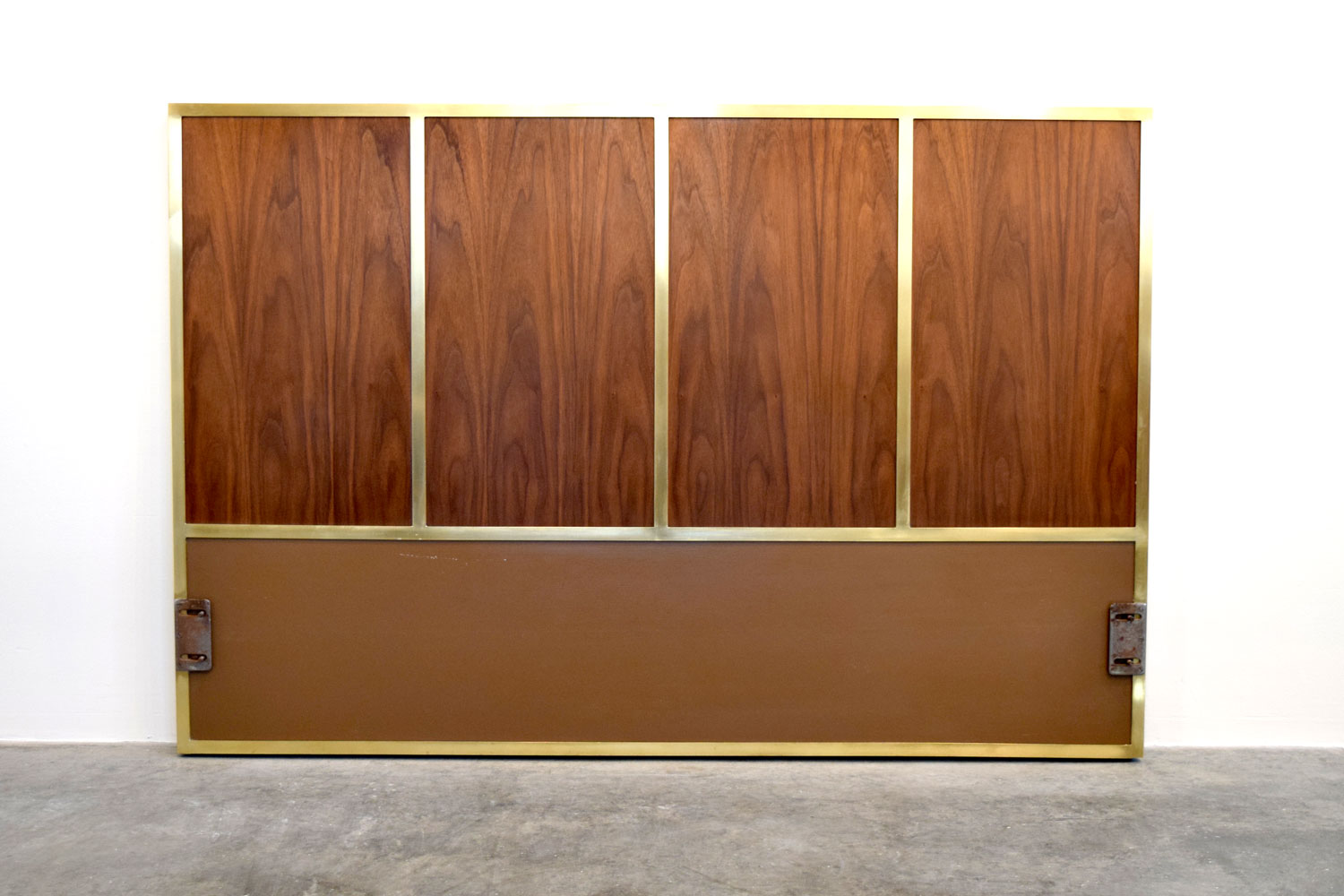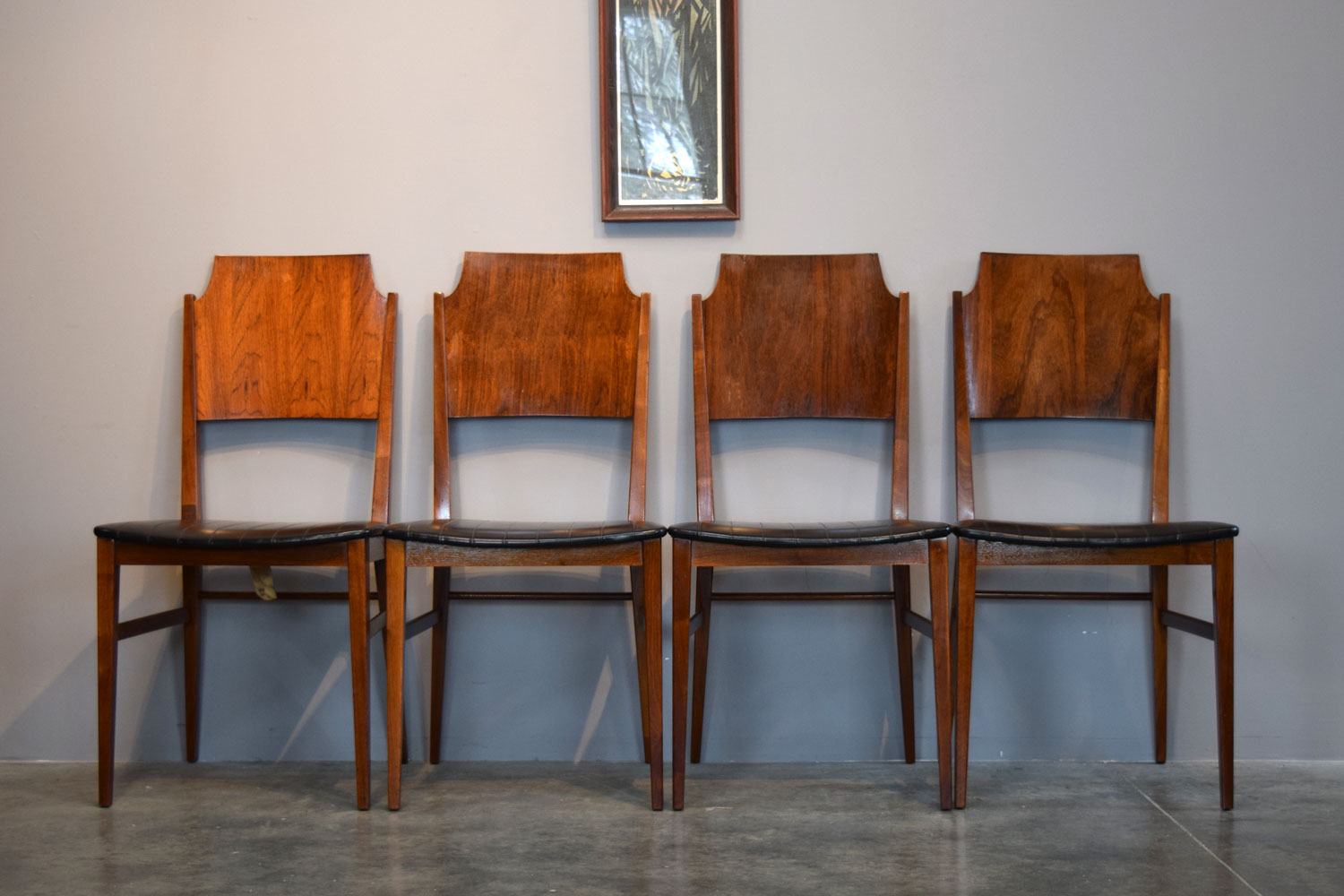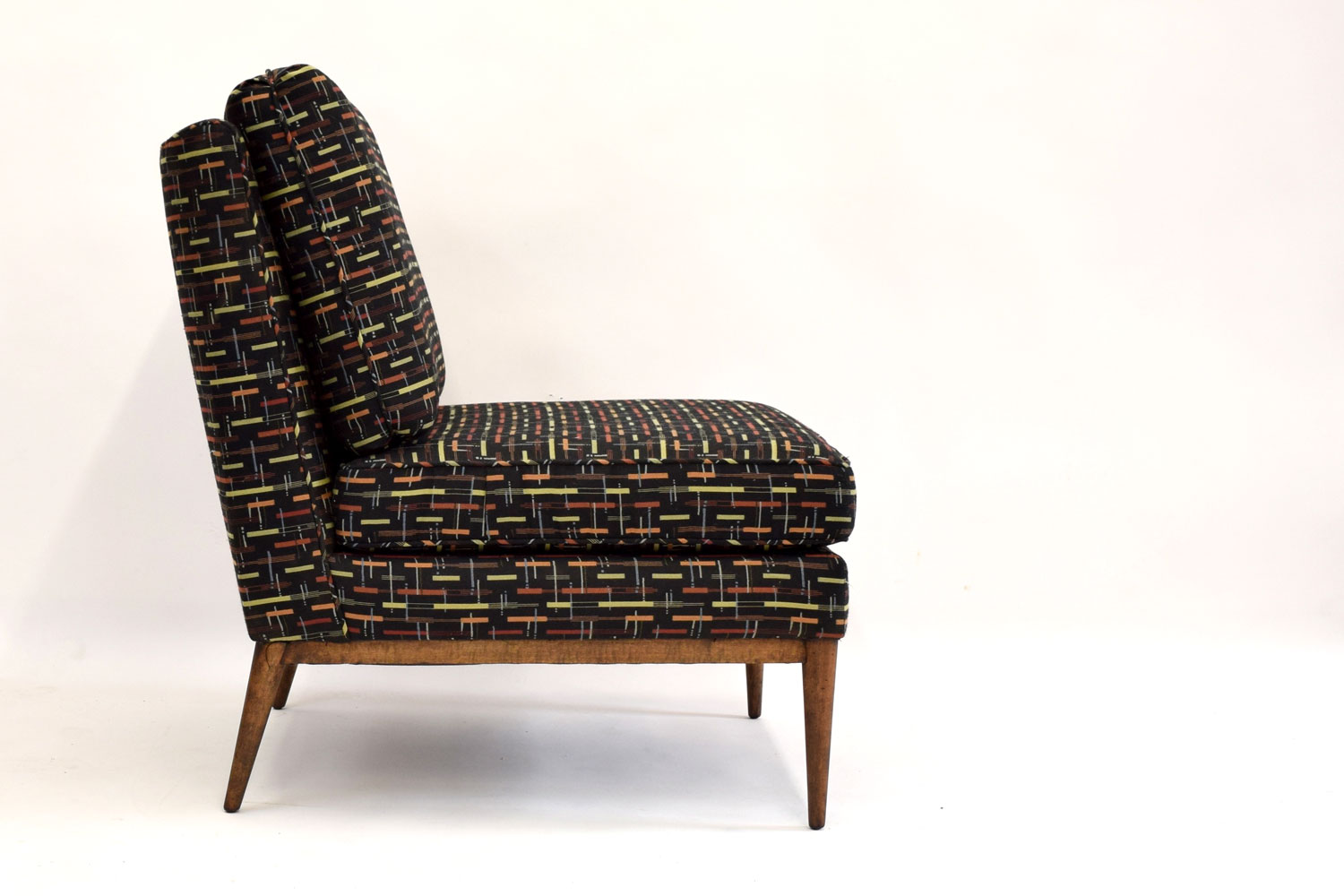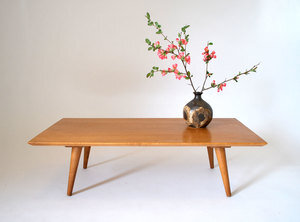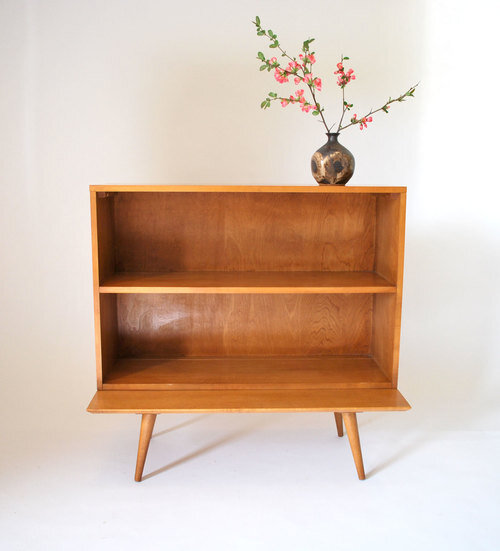Paul McCobb
Paul McCobb stands out as one of America’s most influential mid-century designers. He transformed interiors across the country with his modern takes on classic forms. Like his Danish peers, McCobb was responsible for the introduction of good, modern design into middle-class households.
Paul McCobb was born in Massachusetts and has solid New England roots: his father’s family was from Maine and his mother’s from Ireland. He studied painting at the Vesper George School of Art in Boston but left at the outbreak of World War II when he enlisted in the Army Corps of Engineers. McCobb moved to New York after being discharged for medical reasons to work as a product development engineer in a new material: plastics. In 1945, he opened his own design firm, Paul McCobb Associates. In 1950, McCobb launched his first mass produced line of furniture known as the Planner Group in collaboration with B.G. Mesburg. He went on to design furniture lines for numerous manufacturers including Irwin, Calvin, H. Sacks & Sons, Widdicomb, Winchendon, Custom Craft, Lane, Thonet, Furnwood, O’Hearn Furniture, and Arbuck.
An extraordinarily prolific designer, McCobb did not stop at furniture. He also designed lighting for Raymor and Northcraft, textiles, mirrors, ceramics, tile, glass, rugs, door hardware, office furnishings, radios, TVs and hi-fi consoles, and organ, kitchen cabinets and even a full pre-fab aluminum house!
His work was featured prominently in the Museum of Modern Art’s Good Design exhibitions (1950–1955), and he received MoMA Good Design awards in 1950, 1951, 1953, and 1954. In the 1960s, McCobb worked as an interior design consultant for corporations like Columbia Records, Singer Manufacturing Company, Bell & Howell Company, and Alcoa Aluminum Corporation. McCobb died in 1969 and today his designs are featured in the museum collections of the Copper Hewitt Design Museum, the Museum of Modern Art, New York, the Brooklyn Museum of Art, among many others.




